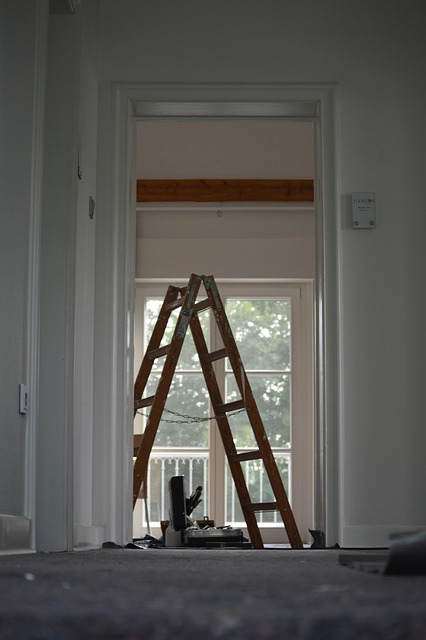
When people think about home renovations, the focus often lands on finishes, layouts, and curb appeal. But behind the new drywall, flooring, and insulation, there’s another factor at play that can affect your household long after the contractors leave: radon and indoor air quality.
Radon is a naturally occurring radioactive gas that seeps up from the ground, especially in areas with significant granite or uranium deposits. It has no smell, color, or taste, making it virtually impossible to detect without specialized equipment. Many homeowners are surprised to learn that the act of renovating — something done to improve comfort and safety — can unintentionally alter how radon moves and collects inside a home.
Major projects such as finishing basements, sealing crawlspaces, or upgrading HVAC systems can change how air circulates and how pressure differences develop between your home and the soil underneath. Even seemingly minor changes, like adding new windows or reconfiguring ventilation fans, can increase or decrease the entry points for radon gas. Because radon tends to accumulate in lower levels, any renovation that tightens a home’s envelope or reduces natural ventilation can elevate concentrations.
Another layer to consider is the effect of construction materials themselves. Some products used in remodels, such as certain types of stone or fill, can emit small amounts of radon or other gases. While this is usually minimal, in a tightly sealed home it may still influence indoor air quality.
The good news is that radon issues can be addressed proactively. Before starting a renovation, consider testing for radon levels in the areas that will be most affected, especially basements and crawlspaces. Post-renovation testing is equally important, since changes in airflow or building materials can alter the picture. Testing kits are relatively inexpensive and widely available, but a professional radon measurement can provide more detailed and reliable results.
If elevated radon levels are found, mitigation systems can be installed, often involving sub-slab depressurization or specialized ventilation. These systems are highly effective and can be discreetly integrated into the home’s design.
Ultimately, a renovation is an opportunity to improve not just the look and feel of a home but also its health. By weaving radon testing and mitigation into your project plan, you protect your household from a silent hazard while safeguarding the investment you’ve made in your property.
Taking indoor air quality seriously during renovations pays off in peace of mind, comfort, and long-term well-being. Treating radon awareness as part of the planning process ensures your home remains not only beautiful but also truly safe for years to come.
